Enjoy Hokkaido's Lavender Fields in Furano! 5 Insider Tips

Furano is the Mecca of Hokkaido's lavender. With so many fields to visit, it's hard to know where to begin. We will introduce you to three beautiful lavender fields in Furano, the special characteristics of each one as well as how you can get there, with or without a car.
Lavender: Hokkaido's Iconic Flower

Lavender fields are one of Hokkaido’s most popular attractions. But where are they, and when and how is best to enjoy them? Today, we will focus on the mecca of Hokkaido’s lavender, the Furano area, and share a Hokkaido resident’s tips for enjoying the lovely lavender!
Lavender Viewing Tips:
1. The Best Time for Lavender Viewing in Hokkaido
2. Transportation: How to Reach Furano and Getting Around
3. Lavender Spot ① Farm Tomita: Scenic Flower Fields and Local Specialties
4. Lavender Spot ② Hokuseiyama: View Lavender from a Chair Lift!
5. Lavender Spot ③ Hinode Park: Lavender Light-ups!
1. The Best Time for Lavender Viewing in Hokkaido
Before we begin, some advice on planning your visit. The lavender’s peak season is early to mid-July, which often coincides with school holidays. For the best experience and the least crowds, we suggest scheduling your visit starting a few weeks or months in advance to avoid weekends and national holidays.
2. Transportation: How to Reach Furano and Getting Around
Although in this article we will indicate how you can reach each flower meadow by public transport, please note that buses do not serve these attractions. In addition, trains in Hokkaido operate on very limited schedules. If you miss a train, you may have to wait an hour or even more for the next one so plan your day with care.
Ride the Norokko Train!

A charming way to get to Furano’s lavender fields is the seasonal Furano-Biei Norokko train operated by JR Hokkaido. With no windows, the train is open to the beautiful Hokkaido countryside.
The Norokko train runs from June to September along the JR Furano Line and stops at a Norokko-exclusive train station–the Lavender Farm Station–on the doorstep of Furano’s most popular lavender farm.
The train has just one non-reserved seating carriage and as you might imagine, seats are in high demand. We strongly advise that you opt for reserved seats. You can book seats on the Norokko via a manned ticket desk at Furano, Asahikawa, or Biei Station. For more information, please see JR Hokkaido’s official Norokko website.
If you wish to explore several lavender fields in the Furano area, we suggest starting your journey from Naka-Furano. You can get to Naka-Furano on the JR Furano Line from either Asahikawa (1hour) or Furano (10 minutes). If traveling from Asahikawa, then we highly recommend using the Norokko train above and heading to Lavender Farm Station instead!
Naka-Furano is a small town, but throughout July it plays host to dozens of lavender farms, including the most popular of all: Farm Tomita, a 7-minute walk from Lavender Farm Station or a 20-minute walk from Naka-Furano Station.
Lavender Spot ① Farm Tomita: Scenic Flower Fields and Local Specialties

Farm Tomita is vast! It seems that wherever you go, you are lost in a sea of purple. You will find yourself quite happily spending a whole morning or afternoon here as there is no shortage of nooks and crannies to find.
If you want an iconic Hokkaido shot for your social media, then head to “Irodori Field” for an Instagrammable view of colorful flowers.

Another top tip is to get down low and take a close look at the lavender. You’ll notice that there are many different varieties growing here. What’s more, you can see many cute insects enjoying the flowers just as much as we humans do!

Note that while walking right into the lavender fields is not allowed, there are many small paths that wind through them.

If you stand on one of those narrow paths and have a friend or passerby get a bit creative with their camera angles, you can take a shot that makes it look just like you’re standing in the middle of a lavender meadow.

Take your time exploring this vast flower garden. If you tire of lavender, then don't worryーother flowers, like these bright poppies, can be found dotted across the fields.
Try Furano’s Local Specialities at Farm Tomita

Farm Tomita also offers visitors a chance to try some local produce. Dairy is a Furano specialty and it is used to make Farm Tomita’s signature snack: lavender ice cream!

However, if you’re watching your waistline then never fear–a healthier option is this juicy Furano melon. Hydrating and refreshing, it’s perfect on a hot summer’s day!

Around Farm Tomita, there are also plenty of souvenir shops, which, of course, sell plenty of lavender cosmetics made from Farm Tomita’s essential lavender oil. Alternatively, edible souvenirs are available, like lavender rice crackers and lavender tea.
Hotels near Farm Tomita
After enjoying yourself at Farm Tomita, take a short walk just down the road to reach Hokuseiyama, another magnificent lavender spot.
Lavender Spot ② Hokuseiyama: View Lavender from a Chair Lift!

Down the road from Farm Tomita is a hidden gem, often overlooked by visitors. Hokuseiyama is a small mountain that is a ski run in winter. In summer, however, its slopes are transformed into a beautiful lavender meadow.
It is not as big as Farm Tomita, but what it lacks in size it makes up for with a unique selling point. For 500 yen, you can take a ride on the chair lift all the way to the top of the mountain, soaring over the lavender.

The chair lift only takes a minute or so to reach the top of the mountain. From the summit, on clear days you can enjoy a jaw-dropping view of the mountains!
Your chair lift ticket is valid to ride back down the mountain but we recommend walking down to fully appreciate the beautiful garden.
Once you’ve descended the mountain, make your way to Naka-Furano Station (a 10-minute walk) where you can board a train for Kami-Furano.
Hotels near Nakafurano Hokuseiyama Lavender Garden
Lavender Spot ③ Hinode Park: Lavender Light-ups!

From Kami-Furano Station, it's a 15-minute walk to Hinode Park, and what a beautiful park it is! From the top of the observatory, you can enjoy a panorama of the lavender garden.

The park's intimate and romantic atmosphere makes it very popular among wedding photographers. You will very likely see a white dress or two while you’re there!

The park also has a small red-roofed hut. After their popularity soared thanks to popular dramas and films set in Hokkaido, red roofs have become icons of Hokkaido’s scenery and they can be found everywhere. However, not all of them are surrounded by lavender!

If you have time to spare today, then we recommend waiting until dark. If you do, you'll be in for quite the spectacle– Hinode Park’s Lavender Festa, which usually runs until the Marine Day long weekend in July (*July 15 - 17 in 2023).

As darkness falls, the flowers are illuminated with an astonishing light display, enhancing the natural color of the lavender. It’s a magnificent sight and one that will stay with you forever. If your visit coincides with the first or last few days of the light-up, then you may also have the chance to enjoy fireworks, a mini beer garden, or even a stage show!
Hotels near Hinode Park
What an amazing way to round off your lavender journey!
At the end of the day, it’s time to head home. If traveling by train, keep in mind that the last train in the Asahikawa direction leaves at 20:58 while the last train bound for Furano leaves much later at 23:43.
Relish Hokkaido's Lavender Fields in Furano!
We hope that these tips inspired you to take the next opportunity to visit Furano in the summer during the lavender season. For more information on how to travel to Hokkaido and how to get around, as well as additional Hokkaido travel inspiration, please refer to the articles linked below.
Hachi was born in the UK and, like so many others, developed a love for Japan through anime and manga. Upon visiting Japan for the first time aged fourteen, she was enrolled in a traditional arts school for a few days and wore a kimono, participated in a tea ceremony and learned how to play the koto. Her eyes were opened to the rich and varied culture of Japan and it became her ambition to study the language, live in Japan and learn more about the country.
After a stint in Nagoya and then Tokyo, these days you'll find her wandering the vast lands of Hokkaido with her camera, photographing the beautiful scenery and tucking into delicious seafood from the region's frigid seas!




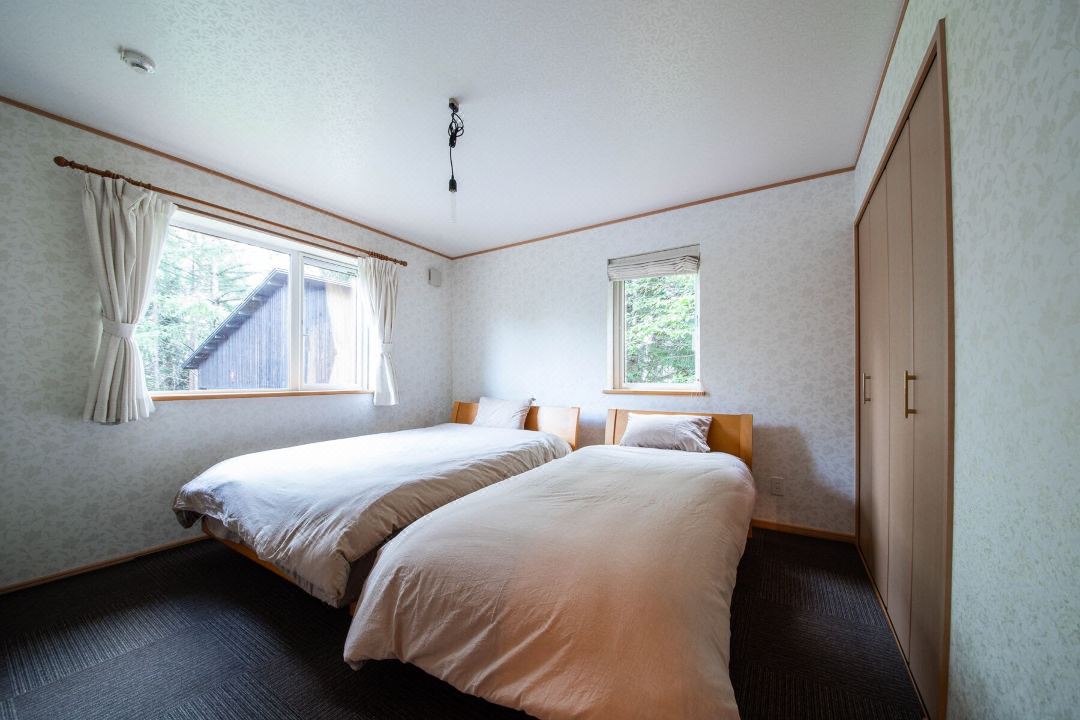

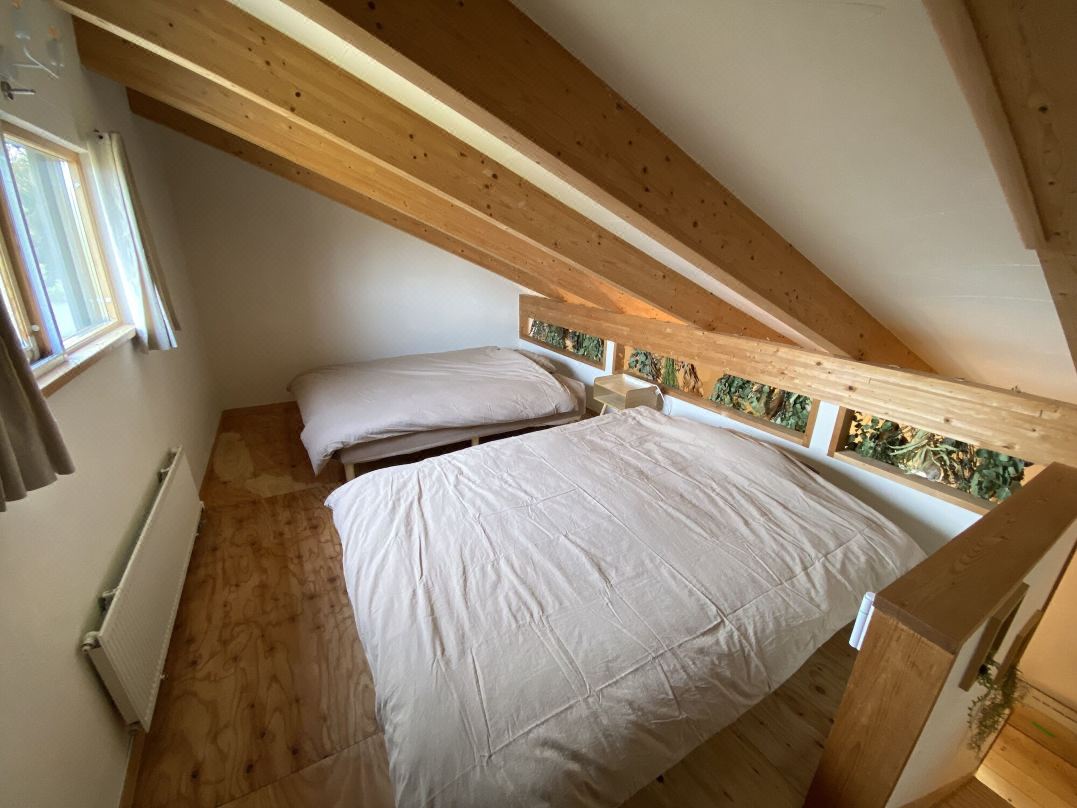
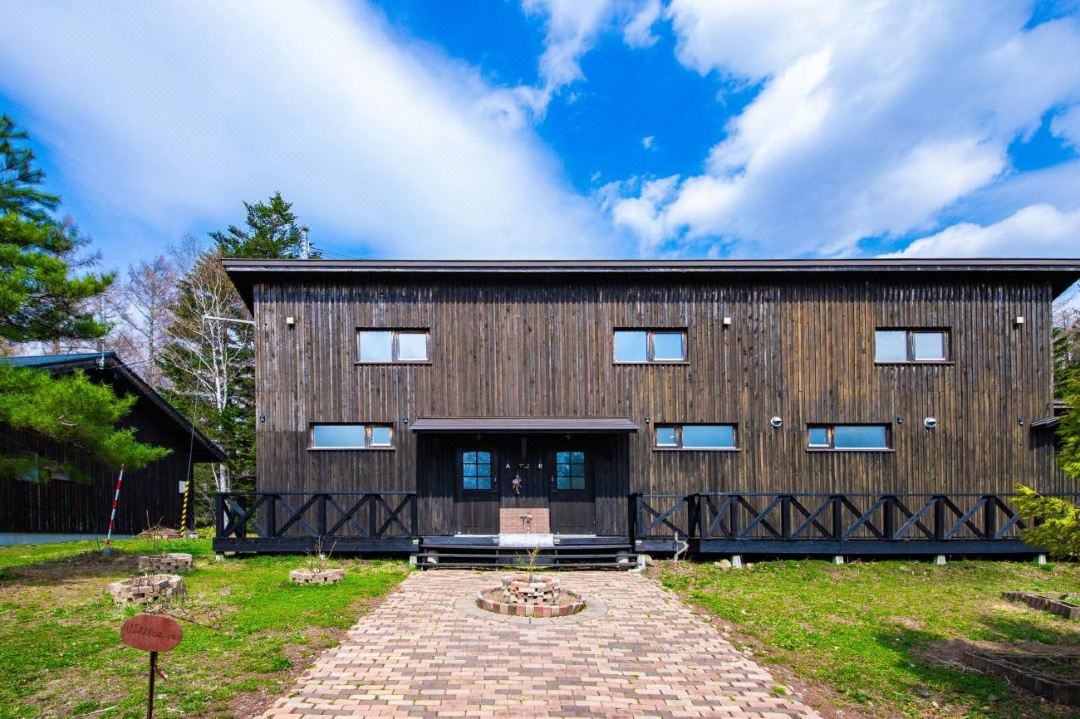


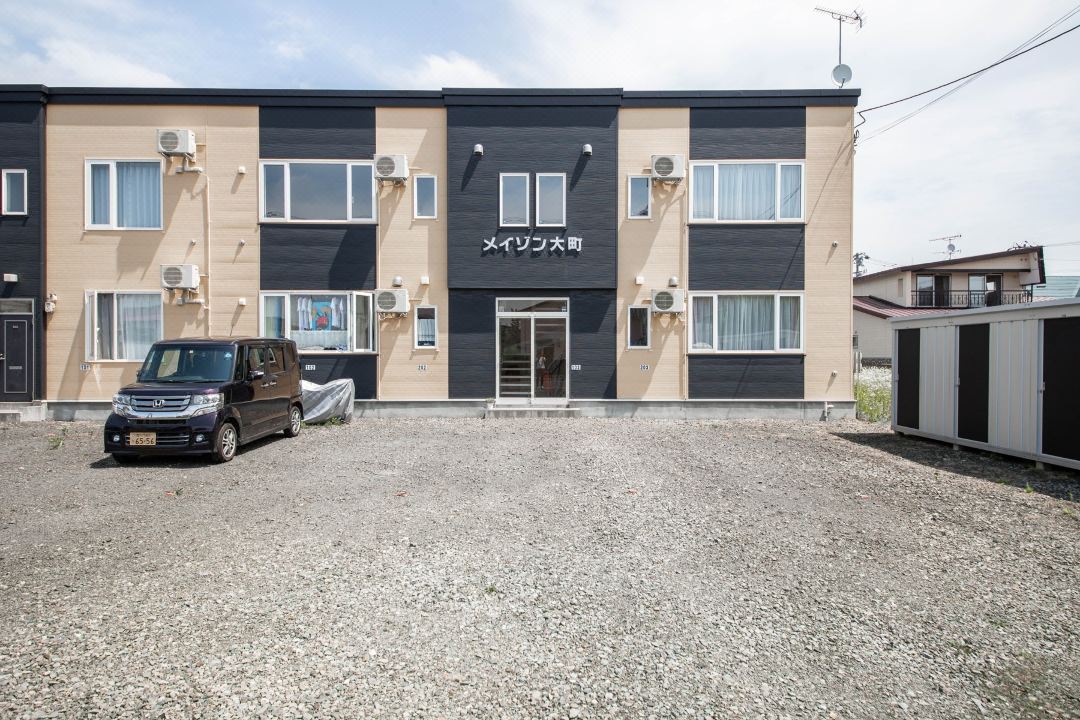
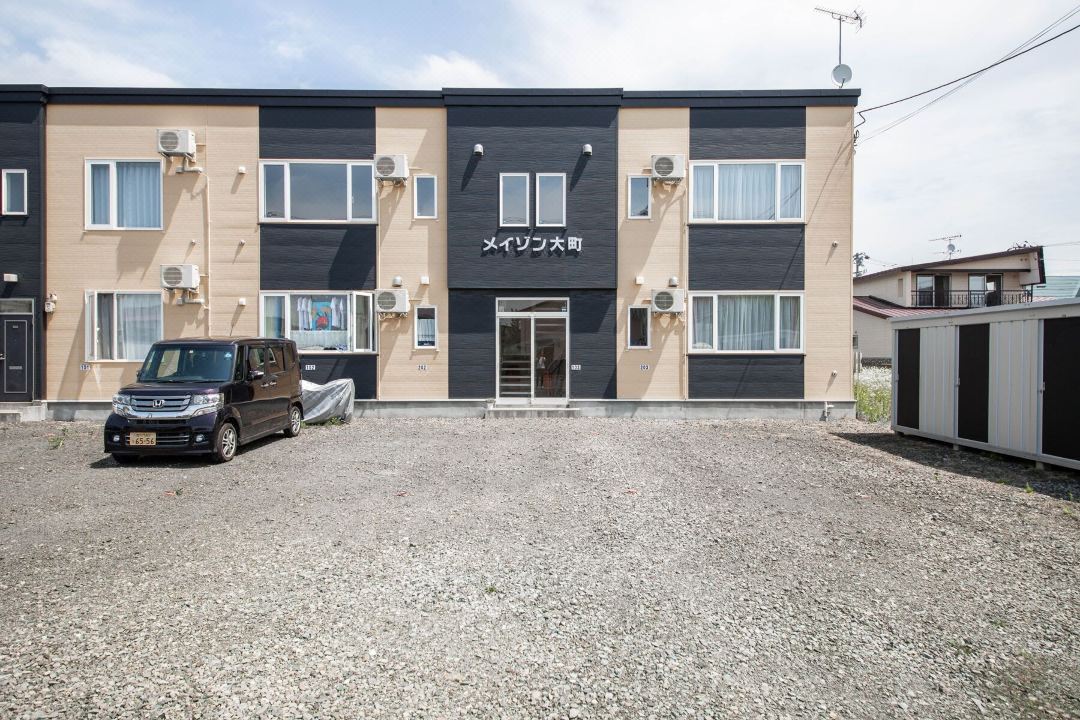
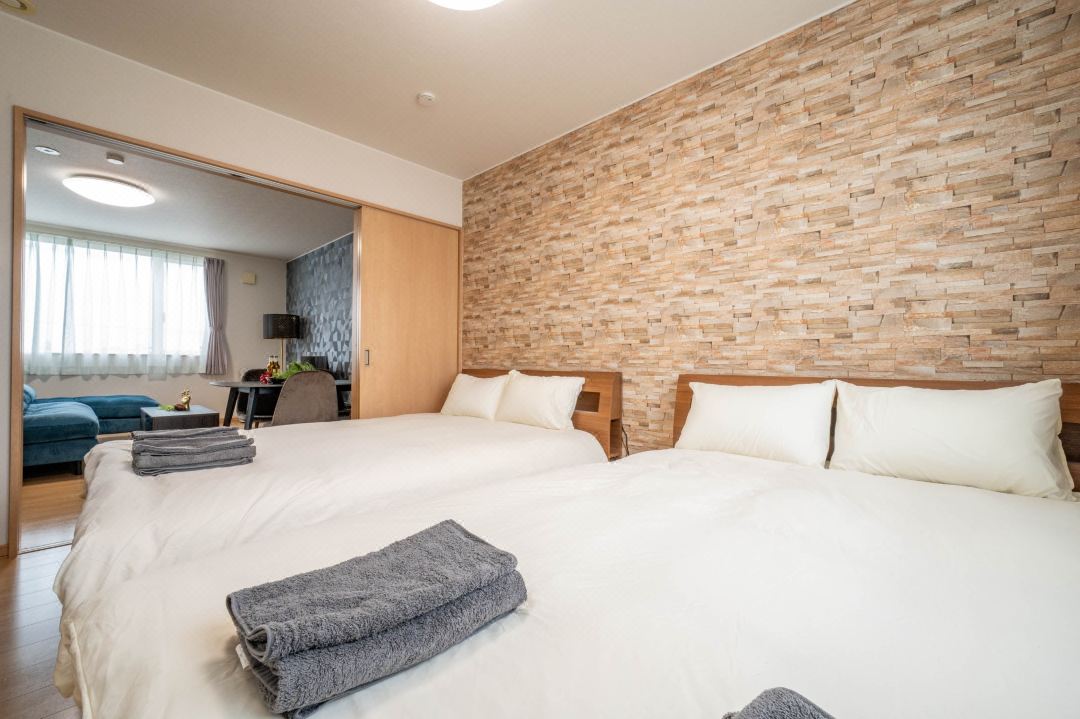

































![[Wakayama Guide] Ume and Umeshu (Plum and Plum Wine)](https://resources.matcha-jp.com/resize/720x2000/2025/12/08-252248.webp)
![[2025 Update] From Kansai Airport to Namba - Recommended for travelers with large luggage! Travel comfortably by bus](https://resources.matcha-jp.com/resize/720x2000/2025/10/25-248088.webp)